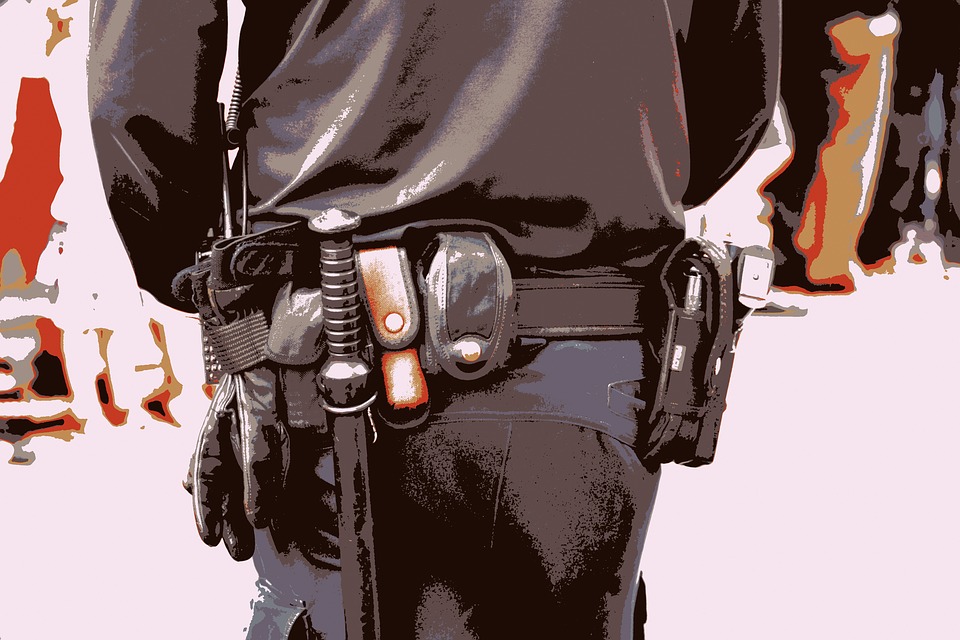Some police departments in the United States continue to teach officers that neck restraints are a safe method for controlling agitated or aggressive people, but that’s a dangerous myth, according to a Viewpoint article written by three neurologists at Massachusetts General Hospital (MGH) in JAMA Neurology.
The killing of George Floyd, a black man who died while being arrested in May 2020 after a police officer pressed a knee to his neck for more than eight minutes, helped spark a national conversation about racial injustice in the United States. Floyd’s death made headlines, as did that of Eric Garner in 2014 after police placed him in a chokehold. Yet a number of other Americans have died during confrontations with police officers who used neck restraints, says MGH neurologist Altaf Saadi, MD, senior author of the Viewpoint column.

Some doctors are disturbed by the use of neck restraints
Along with coauthors Jillian M. Berkman, MD, and Joseph A. Rosenthal, MD, Ph.D., Saadi was disturbed by the use of neck restraints by police departments in the United States. They found that some prohibit chokeholds, but others teach the techniques for the purpose of subduing allegedly uncooperative people during encounters.
Notably, some police agencies advise that carotid restraint — compressing the two large blood vessels on either side of the neck, which is known as a stranglehold — is a safe, nonlethal tactic that temporarily renders a person unconscious by reducing blood flow to the brain. Saadi said:
“As a neurologist, I know that there is never a scenario where stopping the flow of blood and oxygen to the brain is medically appropriate. What shocked me most was that much of the literature supporting these techniques hides behind medical language, but lacks a real understanding of the pathophysiology of the significant harm they cause to an individual.
“As neurologists, we are taught that ‘time is brain,’ because there’s such a rapid loss of human nervous tissue when the flow of blood and oxygen to the brain is reduced or stopped.”
In their Viewpoint article, Saadi and her colleagues describe how carotid compression — which can occur with as few as 6 kilograms (13 pounds) of force, or about the weight of a typical house cat — can result in stroke, seizure, and death. They call for the creation of a system for reporting on law enforcement’s use of these restraints, including how often the technique is used and if it results in death or disability.
“It’s in the public’s best interest to have this data,” says Saadi. She believes that increasing awareness about the impact of neck restraints could help curb their use. Ultimately, says Saadi, there is no medical justification for them in policing.
Altaf Saadi, MD, is also an instructor in neurology at Harvard Medical School. Jillian M. Berkman, MD, is a resident physician at Brigham and Women’s Hospital. Joseph A. Rosenthal, MD, Ph.D., is a resident physician at MGH.
Provided by: Massachusetts General Hospital [Note: Materials may be edited for content and length.]
Follow us on Twitter, Facebook, or Pinterest

